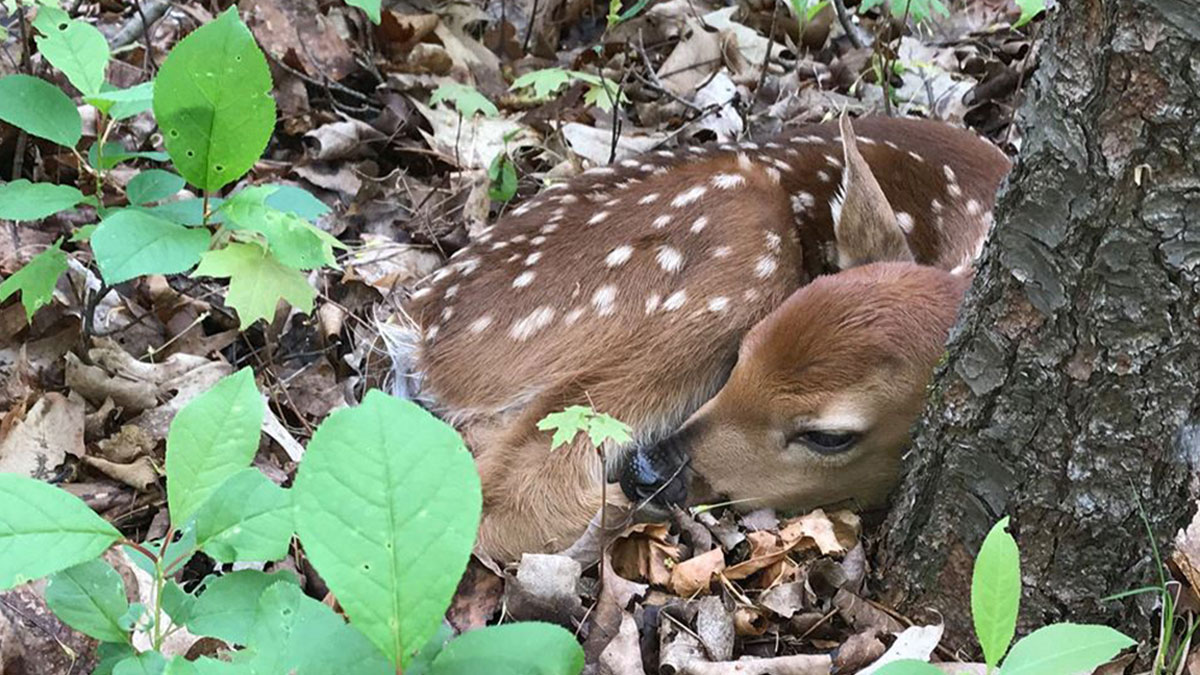Tis the season of scrolling through social media feeds and seeing multiple posts of people who “rescue” fawns, baby rabbits, newborn birds or other species because “the mother is nowhere in sight.”
Wildlife agencies across the country have one simple message for such people who mean well: Leave wild babies alone!
Below is some information from the Idaho Department of Fish and Game that is repeated in a similar fashion every spring by state agencies from coast to coast.
Animal parents will periodically leave their young for an extended period of time for a myriad of reasons, whether it’s to search for food, to rest, or to divert attention from their vulnerable offspring, especially if they sense danger. When it comes to wildlife babies, wildlife mothers know best.
Mammals such as deer, elk, and pronghorn routinely leave their young in a secure location, moving off to feed and returning later – sometimes several hours later – to quickly feed their young and leave again. The young animals know instinctively to remain still in the places their mother left them.
As baby birds mature, they often leave the nest in their efforts to hone their flying skills. Adult birds continue to feed their offspring until such time that the young birds can survive on their own, even if they fall out of the nest.
If you find a baby bird, duckling, deer fawn or other critter, the best approach is to leave it undisturbed. Then if you wish, contact your nearest Fish and Game office. Fish and Game employees are happy to take calls about apparently orphaned or injured animals, answer questions, and when necessary, retrieve animals.
(Photo source: Michigan Department of Natural Resources)
